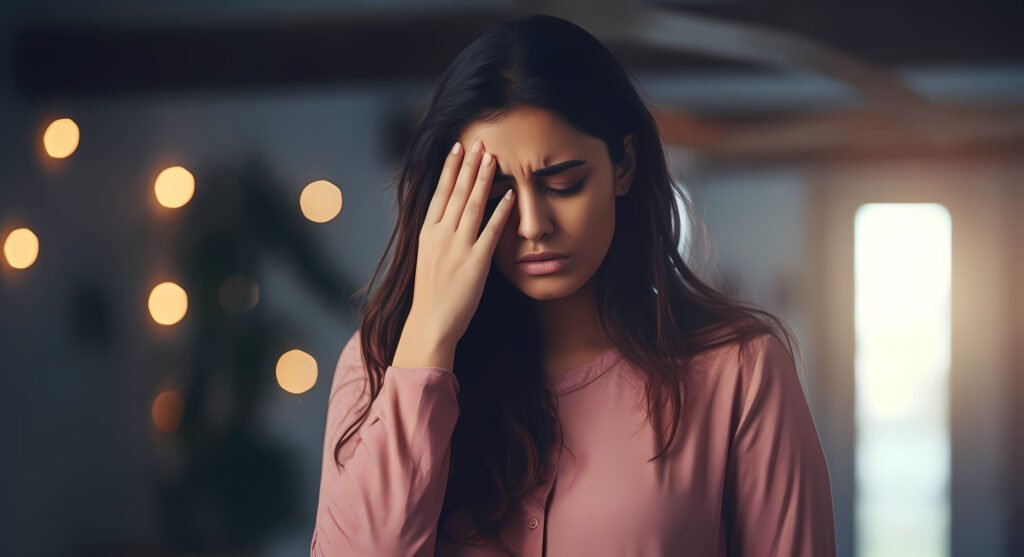Kidney stones form when the urine, that is rich in insoluble crystals, stays in a particular location, it begins to slowly form depositions in the walls. As the habit of not urinating or due to some other conditions continues, the depositions become dense enough to be called a stone. It begins as very small stones, also called microlith, which can be reversed by simply drinking good amount of water to flush it out. But when gone unnoticed, it grows in size, usually asymptomatically, and when it begins to obstruct the pathway of urine, or gets stuck in the narrow ureter, there will be sudden, severe renal colic.
- Home
- About Us
- Health
- Psychiatry
Popular Articles
- Neurodivergent
- Gallery
- Contact Us
Edit Content

















